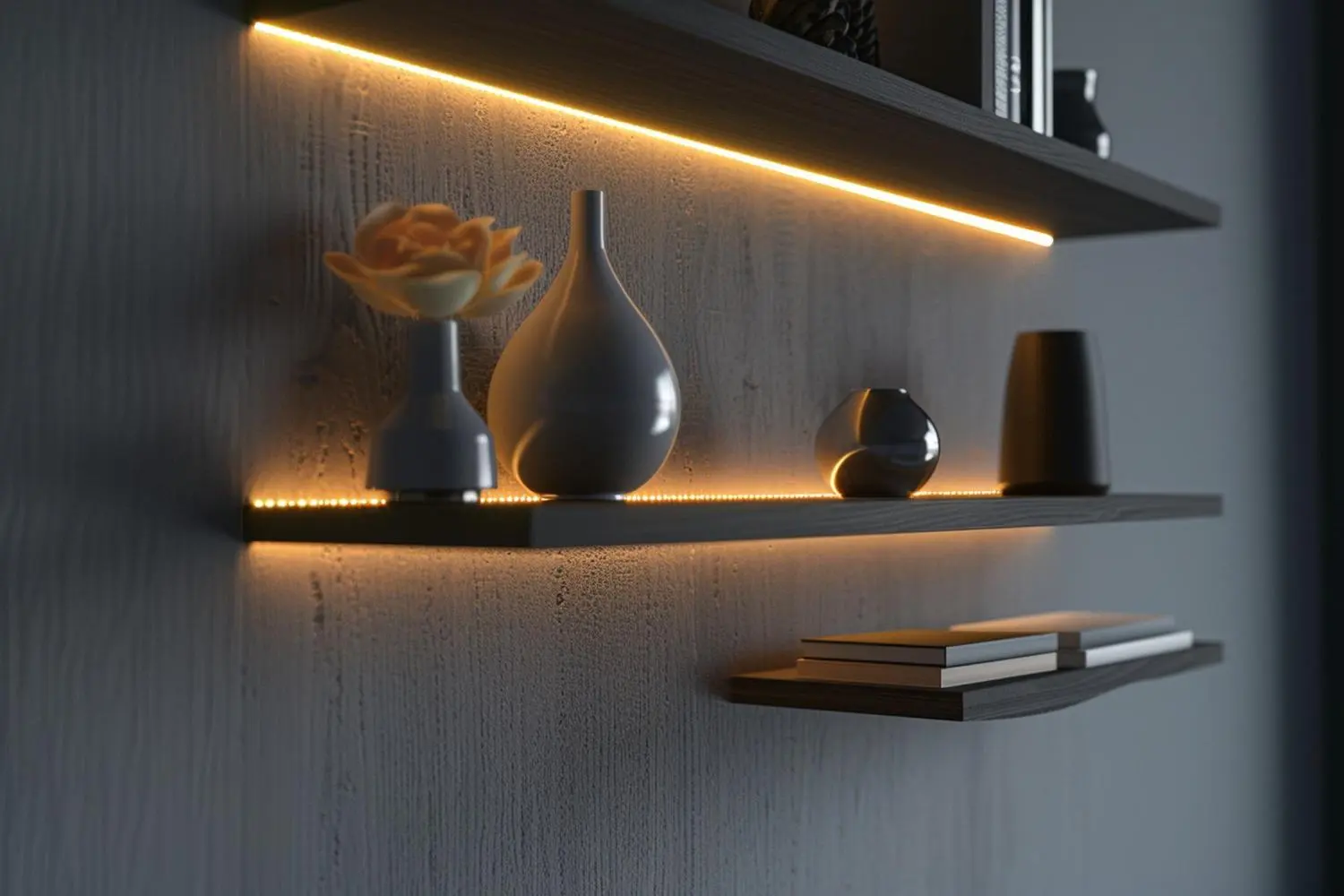
The Ultimate Guide to Built-In Shelf Lighting
Explore guide to built-in shelf lighting. Learn about LED strips, puck lights, recessed lights, tape lights, and their installation tips for perfect ambiance.
Once a mere functional element, panel lights have metamorphosed into a design statement in modern spaces. Today, they are not just about illumination but also about aesthetics, energy efficiency, and adaptability. As architectural tastes have evolved, so has the significance of these lights. This article delves into the journey of panel lights, tracing their evolution and highlighting their growing importance in contemporary designs. With technological advancements paving the way, these lights have become integral to both commercial and residential spaces, enhancing ambiance and functionality. Whether it’s a sleek office or a cozy home, the role of panel lights is undeniable.
Before delving into the intricacies of panel lights, it’s essential to understand the backdrop against which they evolved.
The journey of artificial lighting began with the humble incandescent bulb, a simple yet revolutionary invention. As the years progressed, the quest for more efficient and versatile lighting solutions gave rise to compact fluorescents, halogens, and eventually, LEDs. LEDs, with their energy efficiency and longevity, paved the way for innovative lighting designs, including panel lights.
Panel lights, especially LED-based, have seen rapid advancements. Early versions were primarily functional. Over time, technological innovations have empowered these lights with features like dimming capabilities, adjustable color temperatures, and smart controls. Their slim profiles, consistent light distribution, and energy efficiency have made them favorites in modern architectural designs. As technology continues to evolve, so does the potential of panel lights, catering to both aesthetic desires and functional needs.
Panel lights have become staples in modern interiors, and it’s no coincidence. Their design and functionality address both aesthetic and practical needs.
Modern interiors prioritize clean lines and clutter-free spaces. Panel lights, with their ultra-slim profiles, fit this design ethos perfectly. They can be recessed into ceilings or walls, providing illumination without protruding hardware. This seamless integration supports a minimalist aesthetic, allowing architects and interior designers more freedom in their spatial designs.
Beyond aesthetics, the shift towards sustainable living has emphasized the importance of energy-efficient solutions. Panel lights, especially those using LED technology, consume significantly less energy than traditional lighting fixtures. This not only reduces electricity bills but also minimizes carbon footprints, making them a preferred choice for eco-conscious spaces.
One of the notable attributes of panel lights is their ability to provide even light distribution. Unlike point sources of light, which can cause bright spots and shadows, panel lights ensure uniform illumination. This harmonious distribution is crucial in spaces like offices or studios, where consistent lighting can enhance productivity and reduce eye strain.
Panel lights have transcended beyond being just another lighting option. Their flexibility and diverse features have paved the way for varied applications across different spaces.
In the professional world, first impressions matter. Panel lights play a pivotal role in shaping these impressions. Their uniform illumination and sleek design complement modern office interiors, enhancing aesthetics while ensuring functionality. Be it boardrooms, lobbies, or workstations, panel lights provide the right balance of brightness and design, fostering a conducive work environment.
While traditionally more popular in commercial settings, panel lights are now making their mark in homes. Homeowners are recognizing the benefits – from their space-saving designs to their energy efficiency. In living rooms, kitchens, and even bathrooms, these lights add a touch of modernity. They’re particularly beneficial in rooms with low ceilings, where protruding fixtures could make spaces feel cramped.
Beyond the usual, panel lights have found their niche in specialized applications. Designers use them for backlighting, adding depth and drama to walls or artworks. They’re also employed in mood lighting setups, where color-changing LEDs can transform the ambiance at the touch of a button. These innovative uses underscore the versatility of panel lights in today’s design landscape.
Size, warmth, and brightness set the mood. Match the light’s specs with your room’s vibe and technical setup. It’s like choosing the right accessory for your outfit – it should complement, not clash.
Before diving in, make sure your space can handle the lights you’ve chosen. Turning off the power is a must – safety isn’t just a suggestion. When placing them, think of your room as a canvas; you want the light spread evenly, without dark corners or blinding spots.
Keep them clean with a gentle wipe; it keeps the glow going strong. LED panels rarely need bulb changes, but if they dim over time, you might need a full swap. Spot any flickers? Check your connections first, then the dimmer compatibility.
A quick look now and then keeps surprises at bay. Ensure they’re not getting too hot, as good airflow is the secret to a long life. And as tech evolves, so can your lighting – staying updated means staying efficient.
The lighting industry, much like other sectors, is in a continuous state of evolution. As we look ahead, the horizon for panel lights appears even brighter with technological integrations and a clear pivot toward sustainability.
The era of smart homes and interconnected devices is upon us, and panel lights are no exception to this trend. We can soon expect panel lights to be equipped with sensors, enabling them to adjust based on the natural light available or the activity in the room. Voice commands or smartphone controls could dictate their brightness, color, or on/off status. As the Internet of Things (IoT) grows, imagine a scenario where your panel lights sync with your alarm, gradually brightening up as you wake, ensuring a gentle start to your day.
The global push towards sustainability is evident. In the future, we might see panel lights that are even more energy-efficient, consume less power, and have a longer lifespan. Research could lead to innovations using sustainable materials or production methods that minimize carbon footprints.
The possibility of integrating solar technology with panel lights isn’t far-fetched, offering a greener solution for illumination needs. As we march towards a more sustainable future, panel lights will undoubtedly play their part in the green revolution.
Panel lights, in their understated elegance, have truly transformed the lighting landscape of contemporary spaces. From homes to offices, their presence signifies not just illumination, but a dedication to design, efficiency, and adaptability. As they seamlessly integrate into ceilings and walls, they’ve become a staple in creating ambient atmospheres that speak of sophistication and practicality.
Looking ahead, their potential stretches beyond just lighting up rooms. With advancements in technology and a tilt towards sustainability, panel lights promise to keep evolving, ensuring that our future spaces are not only well-lit but smarter and greener. For anyone in interior design, architecture, or simply someone revamping their space, these lights are undeniably an essential consideration, holding the power to shape, transform, and elevate.

Explore guide to built-in shelf lighting. Learn about LED strips, puck lights, recessed lights, tape lights, and their installation tips for perfect ambiance.
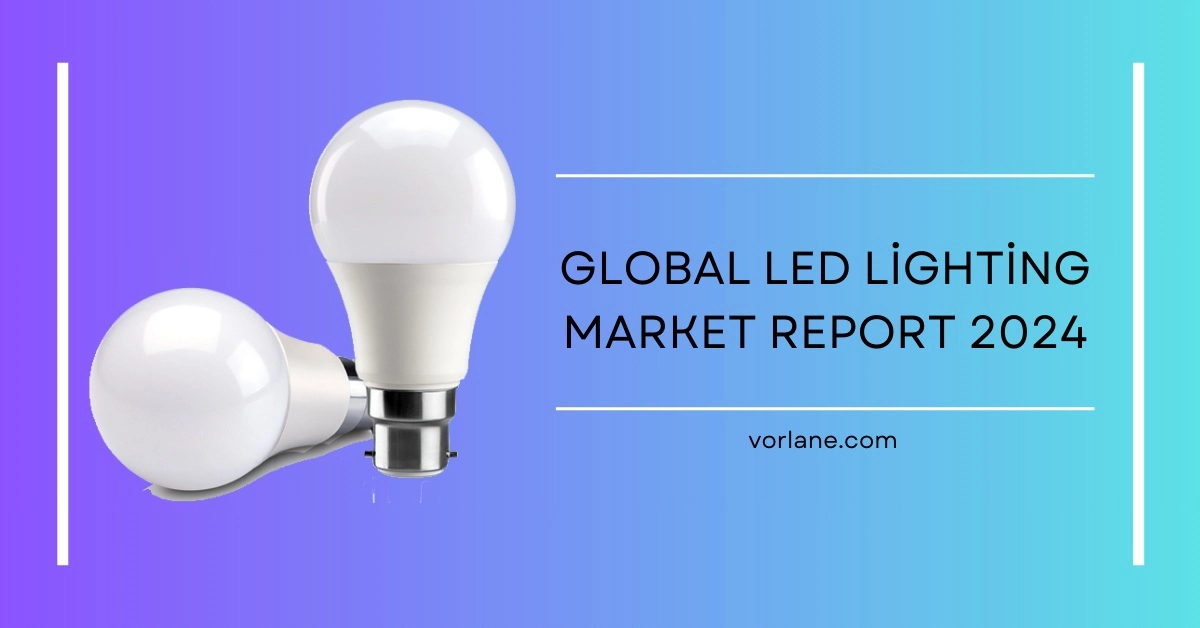
Explore the Global LED Lighting Market Report 2024 for insights on trends, growth drivers, and key players in the industry, including product segment and geographic
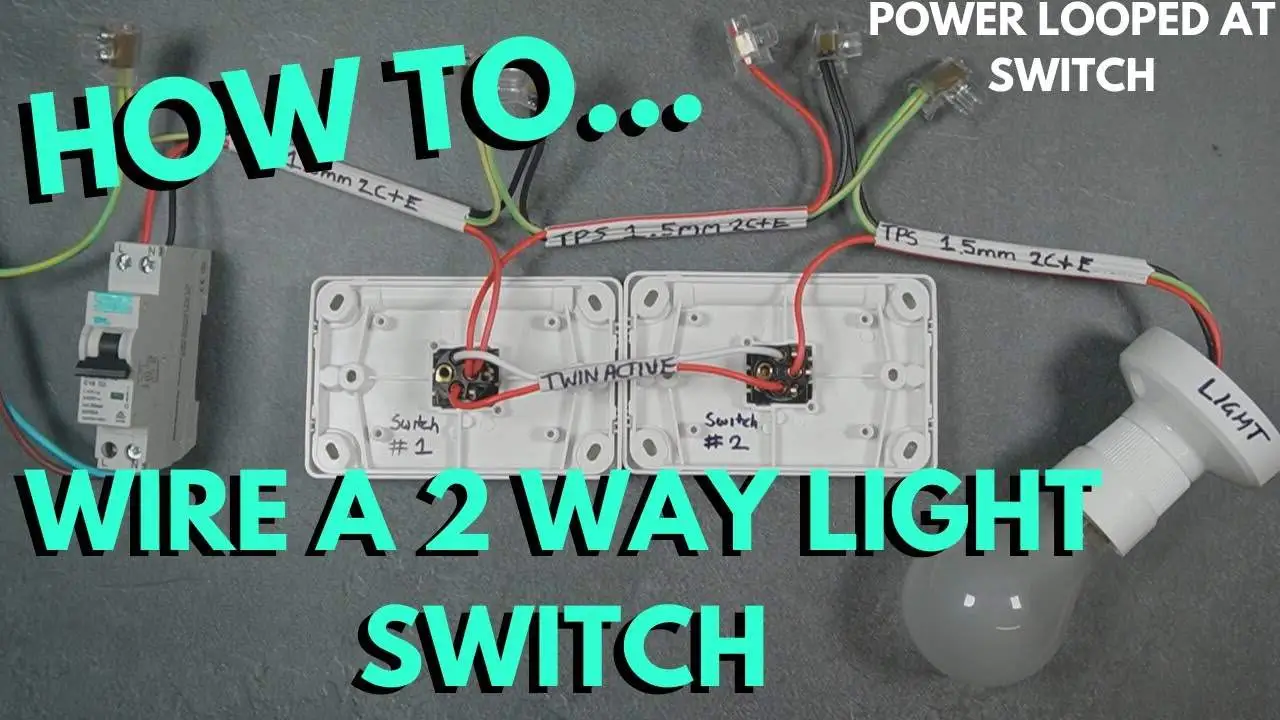
Learn how to wire a 2-way light switch effectively. This guide covers essential tools, step-by-step instructions, and safety measures for an installation.
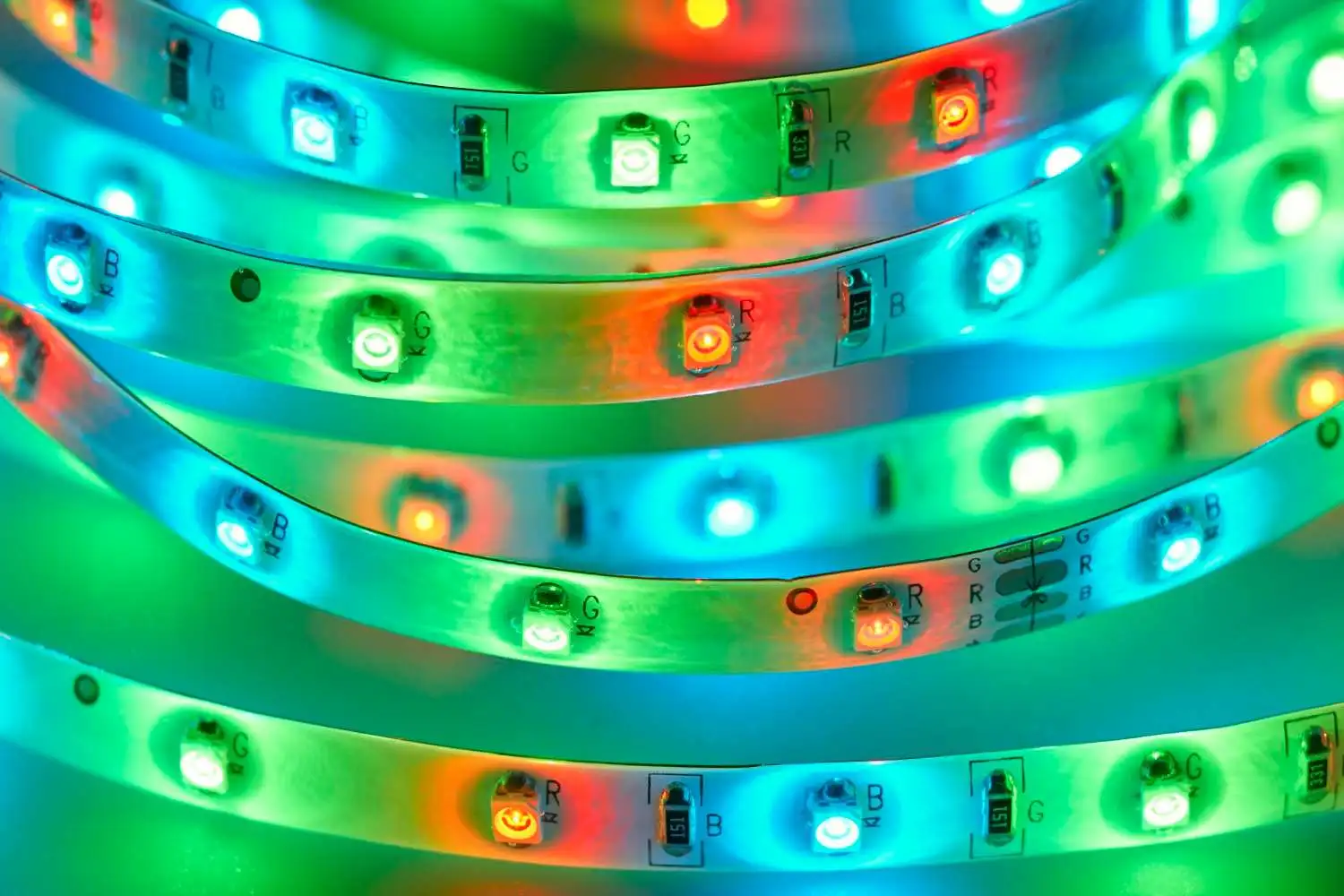
Choosing the right power supply for LED strip lights ensures performance and safety. Consider voltage, current, wattage, efficiency, and certifications.
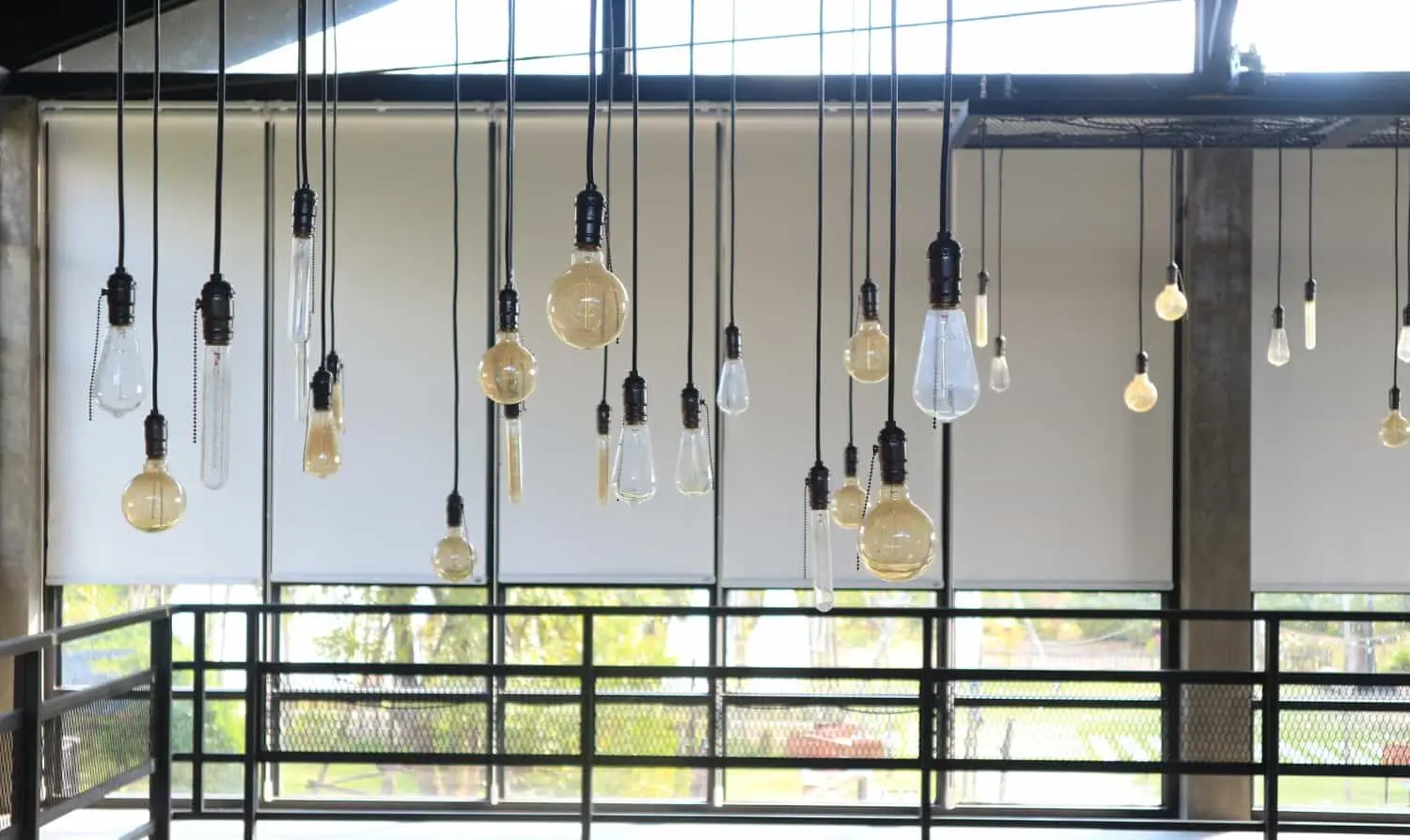
Discover the benefits of pendant lighting for your home. Learn about various styles, and their uses in enhancing aesthetics and functionality.
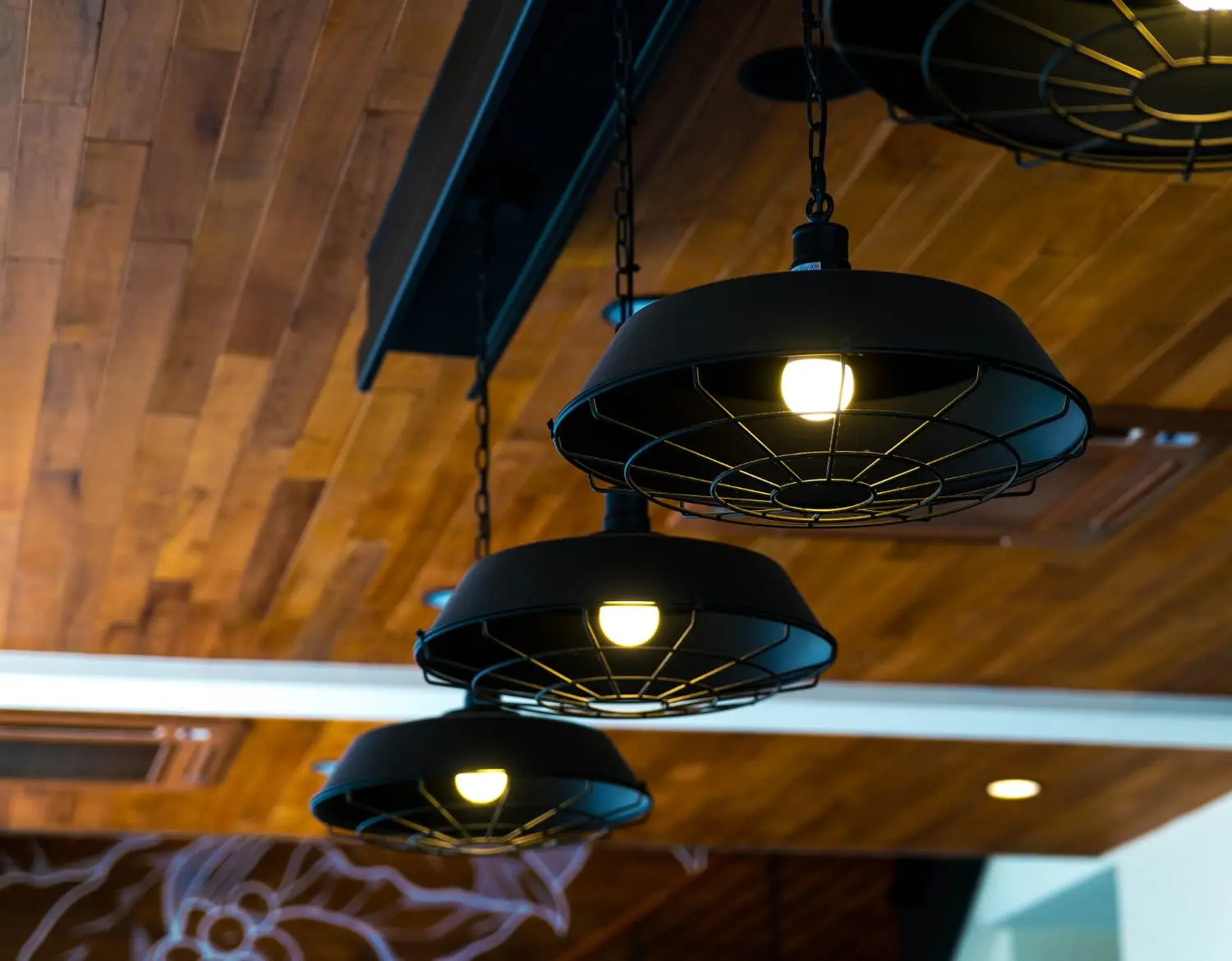
Discover top ceiling lights for your home, including pendant lights, chandeliers, flush-mounts, recessed, track lighting, cove lighting, and spotlights.




 | This LED Industry Research Report Is Worth 10,000 Dollars!Want to get reliable industry data to support your LED business planning? In this report, you will:
*Submit your email to download this file. Your personal info will not be shared to any 3rd-party person or organizations. |
WhatsApp us
*We respect your confidentiality and all information are protected.